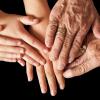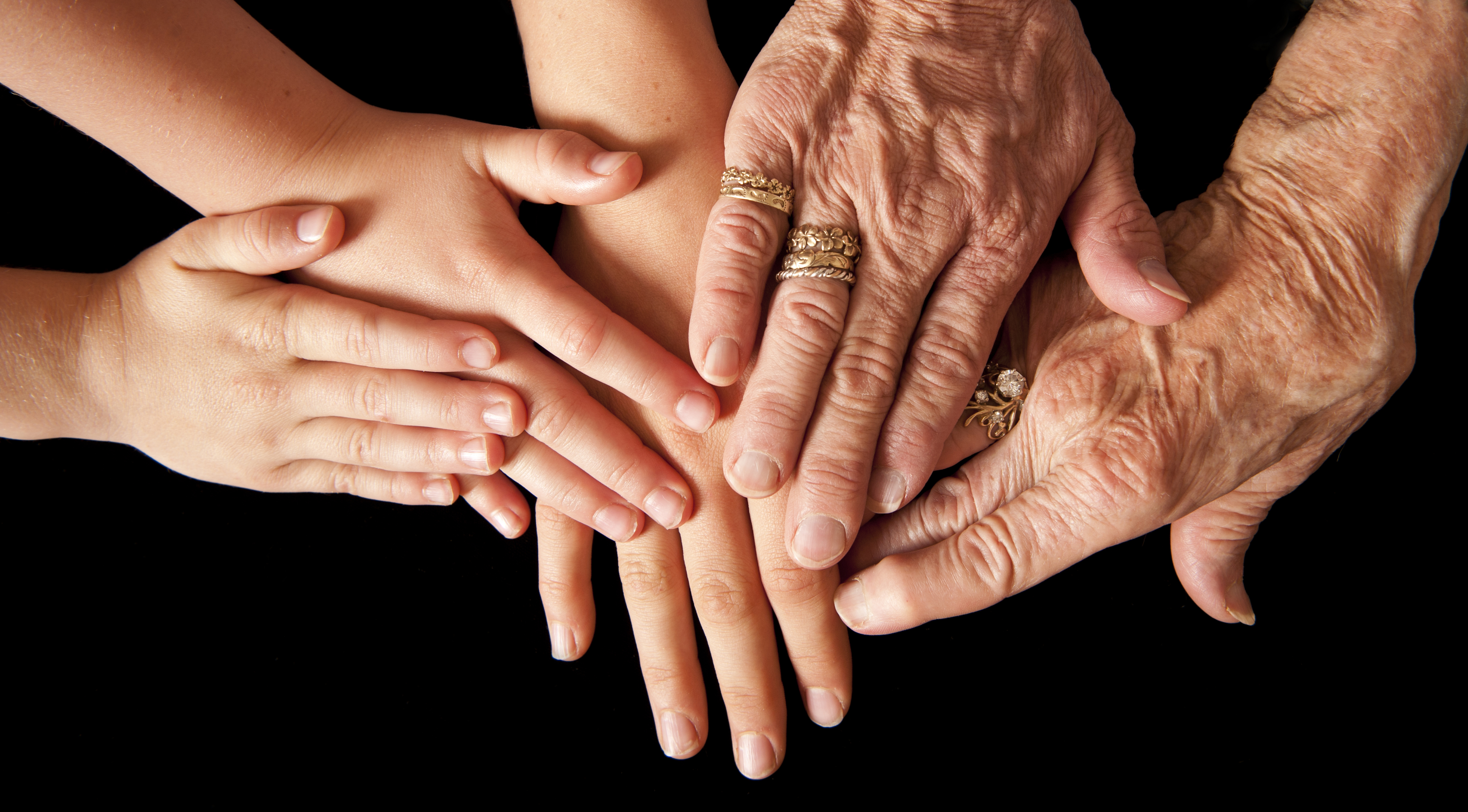
Miguel Sanchez-Romero has investigated questions on intra- and intergenerational wealth (amongst others in collaboration with colleagues from the Vienna Institute of Demography) as part of the Economic Frontiers Program. Thereby his work concerns topics ranging from fair pensions systems to the heterogeneous impacts of Covid-19.
Social Security Reforms in Heterogeneous Aging Populations
The redistributive properties of many public pension programs are challenged by the increasing mortality differential by socioeconomic status. Individuals who are long-lived, who are usually richer, receive from pension systems that ignore the ex-ante mortality difference a higher return from their contributions than individuals who are short-lived and are usually poorer. In this chapter we discuss how contributions and benefits can be adjusted to equalize among the different socioeconomic groups the return that workers receive from contributing to public pension programs. To study these policies, we propose using behavioral models that take into considerations how individuals react to policy reforms as well as the transition costs that these policies originate.
Sanchez-Romero, M., Schuster, P., & Fürnkranz-Prskawetz, A. (2023). Redistributive effects of pension reforms: who are the winners and losers? Journal of Pension Economics and Finance 1-27. 10.1017/S147474722300015X.
Sanchez-Romero, M. & Prskawetz, A. (2023). Social Security Reforms in Heterogeneous Aging Populations. In: The Routledge Handbook of the Economics of Ageing. Eds. Bloom, D.E., Souza-Posa, A., & Sunde, U., pp. 199-216 London, UK: Routledge. ISBN 978-036771-332-4 10.4324/9781003150398-13.
Assessing the generational impact of COVID-19
The COVID-19 pandemic has not affected all age groups equally. Older age groups faced a larger increase in the risk of dying than younger age groups, while in countries with strong welfare states younger age groups faced a higher income risk than older age groups. This paper proposes a dynamic overlapping generations model with realistic demography, human capital and national transfer accounts (NTAs) data. Hence, the model accounts for country-specific demographics as well as for public and private transfers. In addition, the model incorporates two unexpected and temporary shocks: an economic shock that reduces labor income, and a demographic shock that increases the mortality rate of those infected. This model can be used as a laboratory for analyzing the impact of policies aiming at mitigating the economic and demographic consequences of future pandemics across generations.
Sanchez-Romero, M. (2022). Assessing the generational impact of COVID-19 using National Transfer Accounts (NTAs). In: Vienna Yearbook of Population Research 2022. pp. 1-35 Vienna Institute of Demography. ISBN 978-3-7001-8882-7 10.1553/populationyearbook2022.res1.2.
RIWAG project
During the last decades inequality has risen not only in respect to income and wealth but also in respect to health and longevity. To understand the recent trends in inequality, it is important to consider that people are most vulnerable during childhood and during old age. In this project Miguel Sanchez-Romero and Michael Kuhn (together with colleagues from the Vienna Institute of Demography) are developing a unified framework for studying and mitigating the economic and demographic consequences of increasing inequality in European countries. To do so, the RIWAG project pursues multiple important objectives ranging from (i) the construction of a rich life-cycle model to trace out how initial heterogeneity is transmitted into unequal behaviours and outcomes over the lifecycle, to (ii) the integration of the life-cycle model into a general equilibrium framework to study how inequality evolves across cohorts, to (iii) the exploration of the scope for policy-making in mitigating inequality within and across cohorts.





